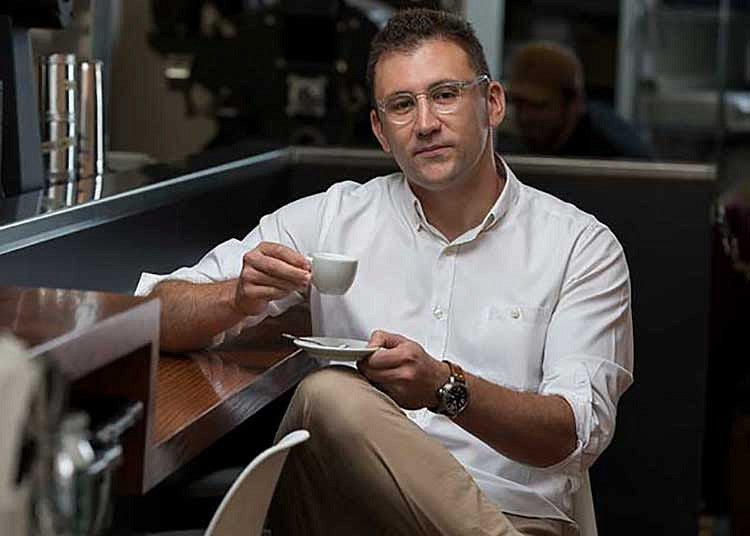Students, past and present, address the needs and experiences of our Black community
Five UO students and an alum joined together to participate in a roundtable discussion on Black student life and activism in honor of Black History Month.
Our goal is to celebrate and recognize the lives, work, and activism of our Black students, past and present. We aim to acknowledge and honor history and listen to the realities of students today.
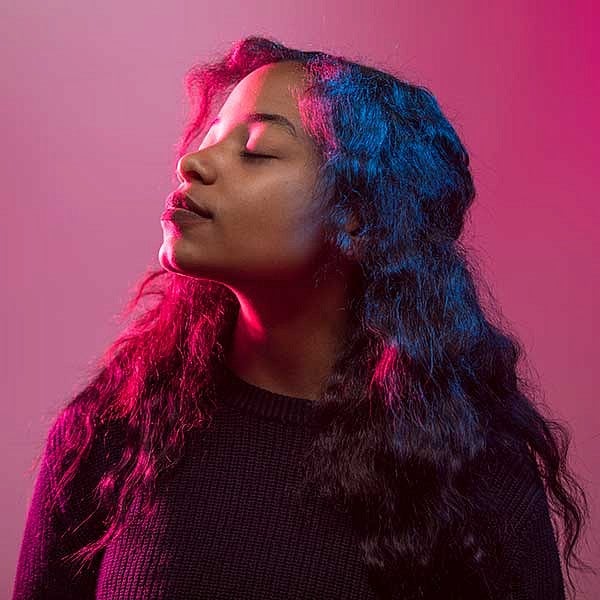

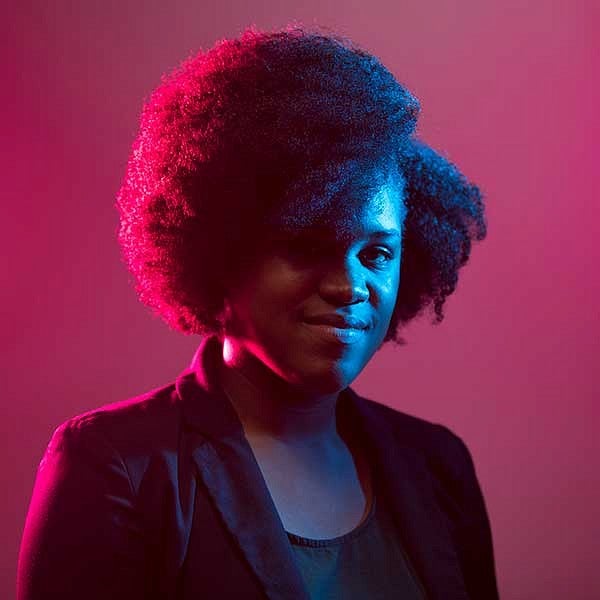
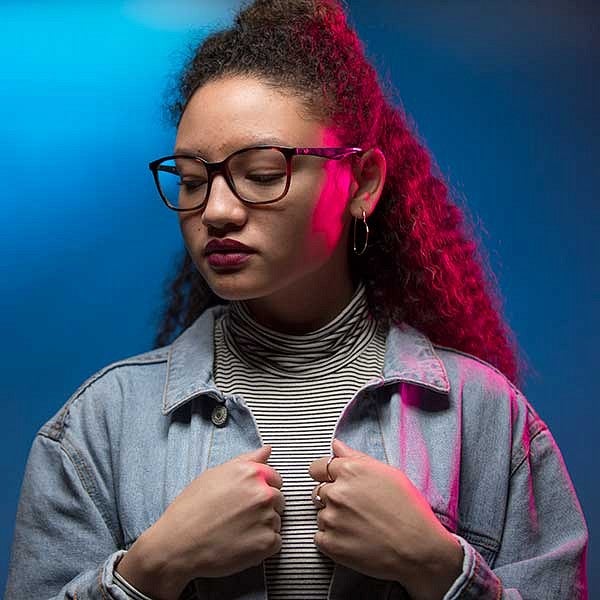


How an Exhibition about Hair Led to Conversations on Empathy, Community, and Diversity
It all began with a conversation.
Over the span of two weeks earlier this year, UO students attended open forums in which they shared their thoughts and experiences regarding the politics of hair, definitions of beauty, racialized beauty standards, cultural influences, societal pressures, personal expressions of identity, and the topic of consent.

It was during a visit to the UO last May on Ethnic Hair Day that gave hair stylist, consultant, and motivational speaker Jeanelle Crouch an idea. She expressed the idea that hair can be a symbolic site of individuality, conformity, ritual, tradition, memory, emotion, and social affiliations. After meeting with the Jordan Schnitzer Museum of Art’s educational staff and guest curator and recent UO graduate Meredith Lancaster, a show emerged.
The result was Don’t Touch My Hair: Expressions of Identity and Community, a student-produced exhibit that focuses on an often-overlooked aspect of one’s autonomy: hair. It’s a collaborative initiative led by Lancaster and other UO students, and supported by the UO Division of Equity and Inclusion, Black Women of Achievement, and the Jordan Schnitzer Museum of Art (JSMA).
“At a time when those in positions of power would have us focus on aspects of ourselves that make us different,” Lancaster said, “Don’t Touch My Hair: Expressions of Identity and Community aims to bring UO students together by engaging in conversation about something we all can relate to: our hair.”
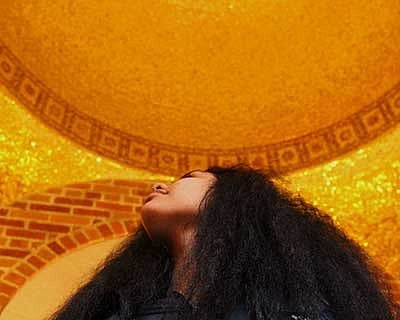
Five student photographers met with student participants of the conversations who shared their stories.
“This project is more than just a project for me,” said contributing photographer Jasmine Jackson. “As an African American woman who often faces violation of my space due to the touching of my hair, I felt personally affected by this project. With those emotions in mind, I felt closely related to the project and found it vital to share other stories in regard to an issue that I, too, can relate to. This project is a public service announcement for those who never understood why touching someone’s hair without consent might be taken offensively.”
The exhibition consists of 30 photographs with the corresponding narrative from each subject. The experience of the conversation and working on the photographs was as powerful for them as it was for the photographers.
“This project serves as a reminder to others that my hair is a part of who I am and is not up for debate; (and) that my hair is everything.”—Kaya Lewis
“Working with this project has been fun, and meeting the many individuals involved has been a joy,” said Kaya Lewis, whose portrait is included. “This exhibit is important because it is bringing more awareness to many issues with something seemingly simple—hair. Specifically, it brings to light how political black hair is. As a black woman who is affected by this, it’s of great importance to me in many ways. But two reasons in particular are that this project serves as a reminder to others that my hair is a part of who I am and is not up for debate; second, that my hair is everything.”
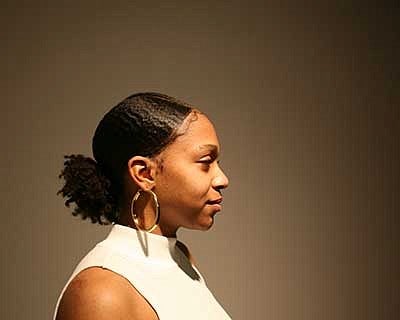
Lancaster agrees that the exhibit focuses on having empathy for one another, particularly in light of the growing diversity on the UO campus, and provides an opportunity for respectful, open, and—at times—incredibly intimate dialogue among groups of students.
“This project was and is incredibly personal for me, and hones in on our collective humanity and empathy for each other,” she added. “Collaborating with students on this project has been very rewarding and has made me so hopeful. The student photographers are so talented; I was able to witness their abilities and confidence grow in the span of just a few months. I feel so lucky to have been a part of that kind of growth for these young people. I am so humbled by the support I received from the JSMA, the Division of Equity and Inclusion, and the Black Women of Achievement.”
Don’t Touch My Hair opens on February 23 with a curator’s talk at 3:00 p.m., followed by an opening reception from 4:00 to 6:00 p.m. It will remain on view until May 13.
Make Your Own History




